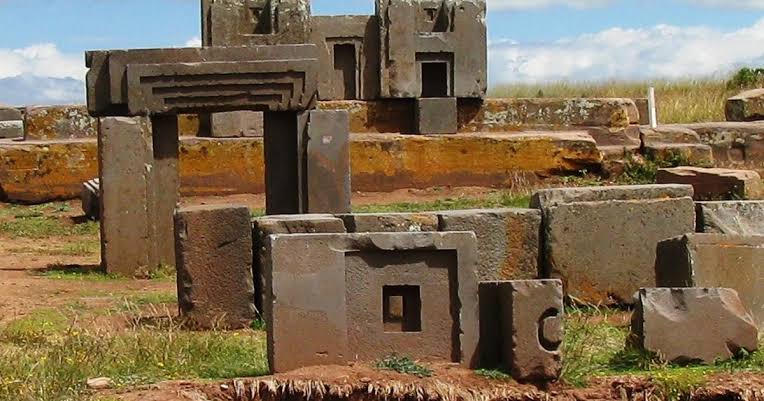Megalithic Mysteries: A Blend of Ancient Craftsmanship and Enigma
Megalithic sites across the world, from the sweeping plains of South America to the rugged landscapes of South Africa, have long captured the imagination of historians, archaeologists, and those intrigued by the mysteries of the ancient world. The sheer precision and scale of these sites present more questions than answers.

Megalithic sites across the world, from the sweeping plains of South America to the rugged landscapes of South Africa, have long captured the imagination of historians, archaeologists, and those intrigued by the mysteries of the ancient world. The sheer precision and scale of these sites present more questions than answers. But what if the mysteries they contain aren’t just about who built them or why, but also about how?
The Enigma of Stone Imprints
One of the most baffling aspects of these sites is the precision of imprints found. Hand prints in South America, foot prints in South Africa, and similar markings elsewhere seem to defy logic. If the materials these imprints were made on were as hard as they appear to be today, how were they left there in the first place?
It brings us to an interesting speculation: was there a technique to soften stone? The closeness with which some of these megalithic stones are stacked would suggest as much. In many sites, the stones are so closely packed that one cannot even slide a piece of paper between them. It seems as though the stones were melted and molded rather than carved and placed.
Puma Punku's Puzzling Pieces
A standout example is the "H" shaped stones from Puma Punku. Their intricate design and uniform shape lead one to believe they were almost certainly molded rather than chiseled. This would have required a level of technological sophistication that doesn’t align with our current understanding of ancient civilizations.
The smoothness, the sheer precision of cornering, the uniformity — all these point towards techniques that even modern masonry would find challenging to recreate.
Theories and Speculations
If these stones weren't heated, and if ancient civilizations didn't have the technology to soften or mold them, then how do we explain these architectural marvels?
Advanced Lost Technologies: One theory is that ancient civilizations had access to tools or techniques that have since been lost to time. The use of specific natural substances to soften rock, sonic levitation, or other advanced methods may have been at play.
Extraterrestrial Intervention: Entering the realm of mysticism and popular pseudoscience, some believe that extraterrestrial beings may have visited Earth and contributed to the creation of these structures, utilizing technologies beyond our comprehension.
Natural Geological Explanations: Could there be a geological or environmental explanation? Perhaps certain stones were more malleable under specific conditions or exposed to specific natural chemicals.
Sacred Geometry and Resonance: There's also the theory of resonance, where specific vibrational frequencies can be used to manipulate physical matter. Ancient cultures might have known about this, employing sound to mold and place stones.
Mystical Energies: Going deeper into mysticism, some postulate that ancient civilizations had a more profound connection to Earth's energies and could harness this power in ways we no longer understand.
Conclusion
While the truth behind these megalithic structures remains elusive, it’s clear that there’s more to the story than conventional history has so far revealed. These sites are a testament to the incredible capabilities of ancient civilizations, whether they were achieved through lost technologies, mystical energies, or methods we have yet to rediscover. As we continue to explore and understand, we must remain open to all possibilities, embracing both the tangible and the mystical in our quest for answers.




